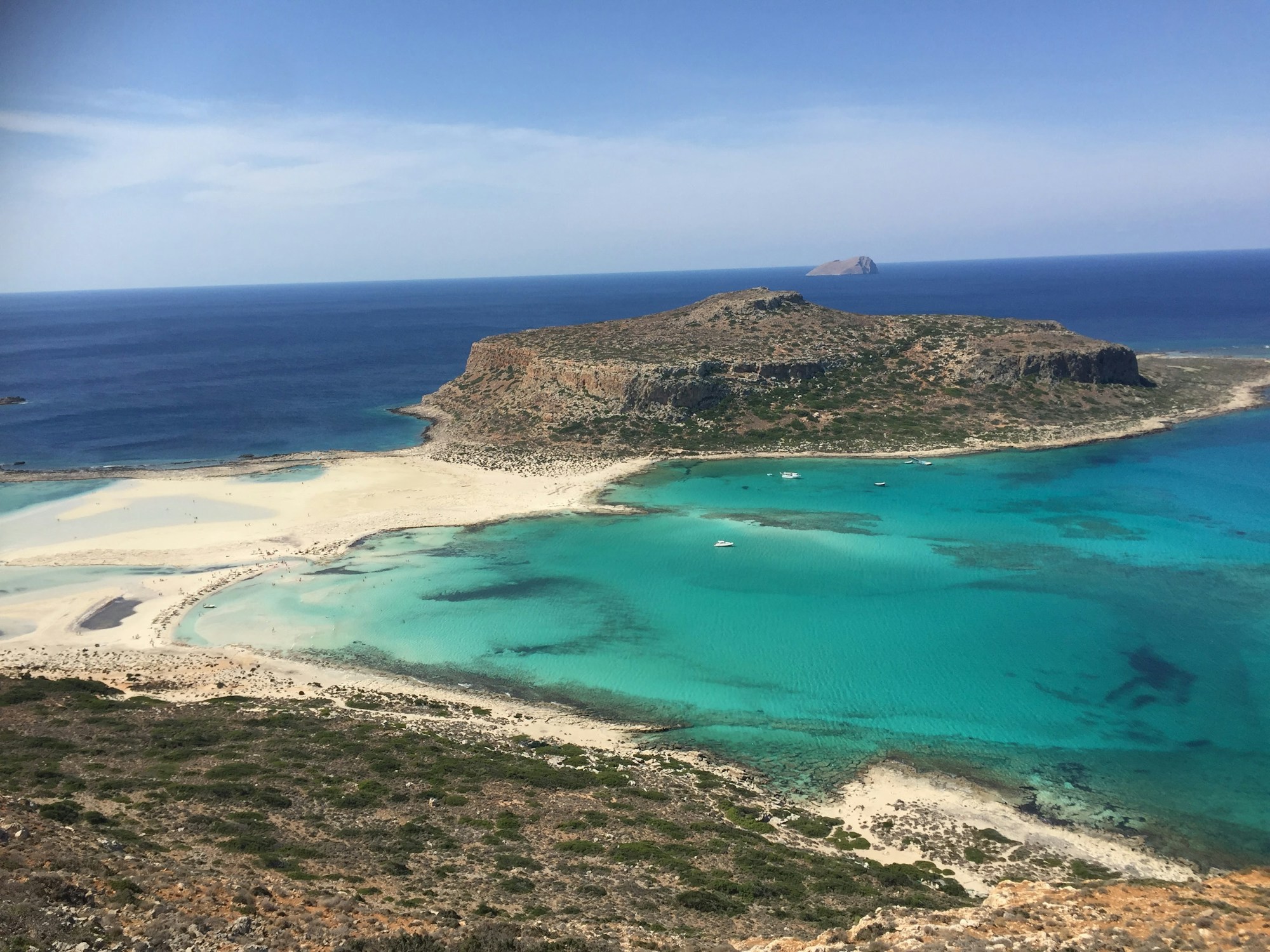Discover Crete: Local History, Customs, and Festivals Guide
Explore Crete's rich history, vibrant customs, and unique festivals in this comprehensive local guide. Discover Crete's magic!

Discover Crete: Local History, Customs, and Festivals Guide
Crete, Greece's largest island, is a tapestry of ancient history, rich culture, and vibrant traditions. Known for its breathtaking landscapes, charming villages, and warm hospitality, Crete offers a unique blend of historical wonders and modern allure. This travel guide will take you through Crete's fascinating history, enduring customs, and exciting festivals, providing an in-depth look at what makes this island so special.
Historical Context
Ancient Civilizations
Crete is the cradle of the Minoan civilization, which flourished from approximately 2700 to 1450 BCE. The Minoans are renowned for their advanced architecture, sophisticated art, and impressive maritime prowess. The Palace of Knossos, believed to be Europe’s oldest city, showcases the grandeur of Minoan architecture.
A visit to the Heraklion Archaeological Museum offers a detailed glimpse into this ancient civilization, displaying artifacts such as the Phaistos Disc and the bee pendant from Malia. The ruins of the ancient city of Phaistos, another significant Minoan site, are also worth exploring for their remarkable preservation.
Roman and Byzantine Eras
Following the decline of the Minoans, Crete became part of the Roman Empire in 69 BCE. The city of Gortyna served as the capital during this period, and remnants like the Odeon and the mosaic floors still captivate visitors today. Gortyna continued to be significant during the Byzantine era, evidenced by the Basilica of Saint Titus.
Venetian and Ottoman Rule
After the fall of the Byzantine Empire, Crete fell under Venetian rule in the early 13th century. The Venetians left a lasting legacy, particularly in the architecture of cities like Chania and Rethymno. The imposing Fortezza in Rethymno and the harbor of Chania are prime examples of Venetian craftsmanship.
The Venetian era was followed by Ottoman rule in 1669, which introduced new cultural influences. The minarets and hammams scattered around the island reflect this period. The rebellion against Ottoman rule was fierce, and several uprisings ultimately led to Crete joining Modern Greece in 1913.
Cultural Practices and Customs
Hospitality - "Philoxenia"
Crete is renowned for its exceptional hospitality, known as "philoxenia" (love for strangers). Visitors are often welcomed with open arms, and it is not uncommon to be invited into homes for a meal or drink. Traditionally, Cretans greet guests with a shot of raki (local spirit) and a selection of local delicacies.
Cretan Diet
The Cretan diet is central to the island’s culture and is celebrated for its health benefits. Based on fresh, locally-sourced ingredients, it includes:
- Olive Oil: The cornerstone of Cretan cuisine, used generously in almost all dishes.
- Fresh Vegetables: Tomatoes, cucumbers, and zucchini are staples.
- Cheeses: Varieties like graviera and mizithra are commonly enjoyed.
- Seafood: With its vast coastline, Crete offers a bountiful array of fish and seafood.
- Herbs and Spices: Oregano, thyme, and rosemary are frequently used.
Traditional Music and Dance
Music and dance are integral to Cretan culture, with traditional instruments like the lyra and laouto setting the rhythm. The most famous Cretan dance is the "Pentozali," a lively and energetic performance that often forms the highlight of social gatherings and festivals.
Festivals
Easter Celebrations
Easter is the most important religious festival in Crete, involving a series of elaborate customs. Holy Week is marked by various rites, culminating in the midnight Resurrection Service on Holy Saturday. The lighting of the Holy Fire and the subsequent feast featuring lamb dishes and "tsoureki" (sweet bread) are memorable experiences.
Renaissance Festival in Rethymno
Held each summer, the Renaissance Festival celebrates the island’s Venetian past with a series of theatrical performances, concerts, and art exhibitions. Rethymno's old town is transformed into a vibrant stage, where historical reenactments bring the past to life.
Wine Festivals
Crete is known for its wine production, and several wine festivals are held throughout the island. The Dafnes Wine Festival is particularly popular, offering tastings of local varieties such as Liatiko and Mandilaria. The celebration typically includes music, dancing, and an abundance of Cretan food.
Matala Beach Festival
This contemporary festival held in June celebrates music, art, and the bohemian spirit of Matala Beach. With live performances, beach parties, and artistic installations, it draws a diverse crowd from around the world.
Interesting Facts and Anecdotes
- Kazantzakis Connection: Nikos Kazantzakis, one of Greece’s most celebrated authors, hails from Heraklion. His novel "Zorba the Greek" was inspired by his life experiences in Crete.
- Labyrinth Legend: The myth of the Minotaur and the labyrinth, located beneath the Palace of Knossos, is one of the most enduring legends associated with Crete.
- Mountain Villages: The mountainous regions of Crete are dotted with picturesque villages like Anogeia and Archanes, each with its own unique stories and traditions.
- Natural Beauty: The Samaria Gorge, one of Europe’s longest gorges, offers stunning hiking experiences. The pristine beaches of Elafonissi and Balos are renowned for their turquoise waters and pink sands.
